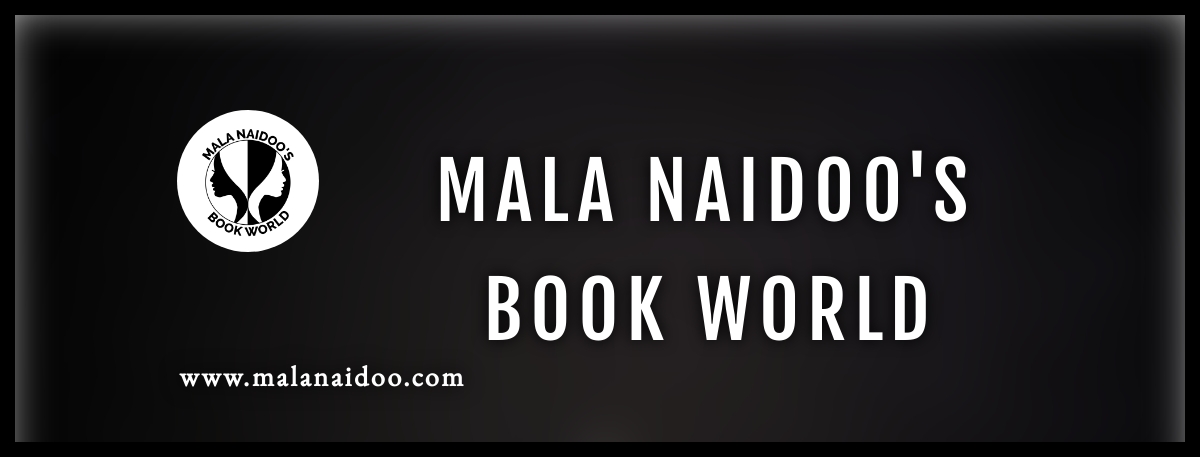Writing with a pen or pencil in hand has the natural rhythm of heart, mind, and soul, working in sync.
When creative thought emerges, there is no schedule. It arrives on the wings of Mother Muse who transports the message for the composer to pick up.
Longhand novel drafting and writing has been my process from the middle of my third book. I tested the shift to handwriting, and the creative process flowed with ease and gained momentum sooner on story advancement. While this is positive for creative flow, additionally time has to be built into the deadline to type up the longhand manuscript. Essentially this is like a second draft if writing entirely in longhand, then type on Word or other preferred platforms. There are pros and cons to the process. The toll on the wrist for one — writer’s occupational health matters. The positive side is that before the first full self-edit, the dried leaves, dead wood bits and pieces are swept away as the typed word hits the digital page.

How do we maximise the pros to meet deadlines, and create a polished piece? Dictating from longhand onto Word is a great way to save the old wrist issues. This takes time and will be near accurate when voice recognition is on the mark, or there will be more to clear up than just the longhand manuscript flaws.
Scrivener dictation is great across all devices and allows easy transition to a Word document. There are countless other ways to dictate the handwritten word to the digital format.
The brain engages differently when handwriting, compared to keyboard writing. Memory is enhanced with handwriting, a great way to keep track of sequence, characters, scenes etc in their contribution to the whole novel/story. Memory alone will not suffice to keep track of such, note making and journaling are an important part of the process. Scrivener helps the digital tracking of all the parts that make up the sum.
Handwriting, according to psychological studies, is therapeutic for coping with trauma, and to process emotions — the physical formation of letters to words to sentences to paragraphs is undistracted with handwriting, it settles the mind and spirit. This has the benefit of capturing emotional scenes in novels with authenticity to enhance reader engagement.
… handwriting like playing a guitar or preferred musical instrument, it is thoughtful and mindful.
In an era where speed is the demand (a mixed blessing) anxiety levels have increased across all generations. Handwriting is akin to playing a musical instrument, think of the strokes on a guitar to produce the sweet melody. Notice the musician’s facial expression, lost in moments of pleasure. Handwriting is markedly slower than tapping a keyboard, and thus intensely calming. The very act of handwriting like playing a guitar or preferred musical instrument, makes the process thoughtful and mindful.
As a teacher and writer, spelling benefits from handwriting without spellcheck, free of predicted text that can at times mumbo jumbo intention/meaning.
If you’re a digital only writer and need a conversion test, start small.
Write out your daily or weekly home or work plan on a bedside or desk notebook.
Poets don’t draw. They unravel their handwriting, and then tie it up again, but differently~ Jean Cocteau (French poet, playwright, novelist, designer, filmmaker)
Now sit back and watch your creativity grow!
Happy handwriting. Let it flow!
What’s your best writing practice?
Please share, like and comment in the message box.




You must be logged in to post a comment.